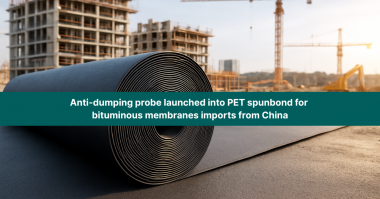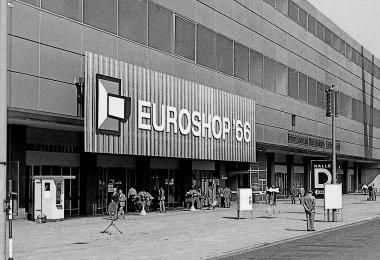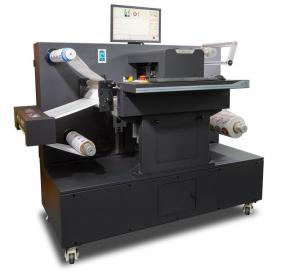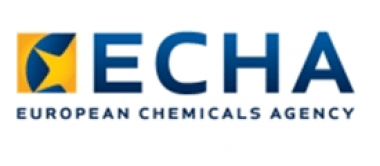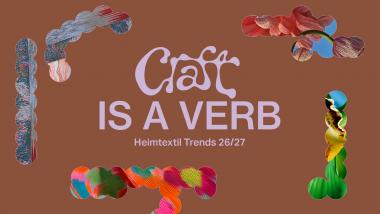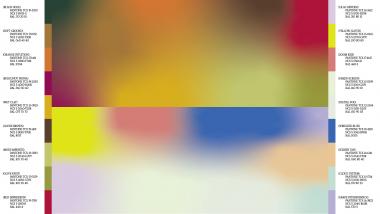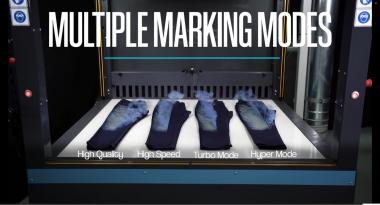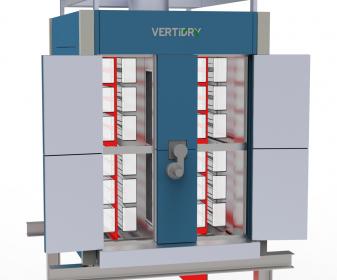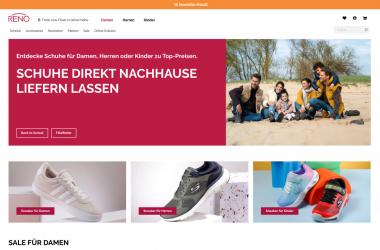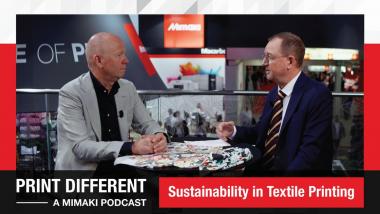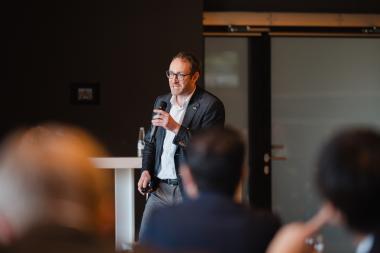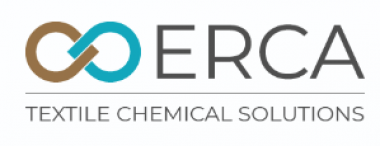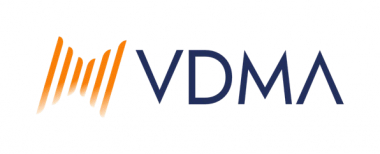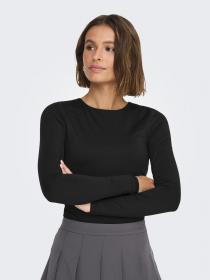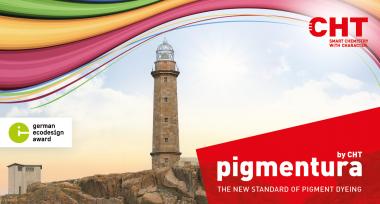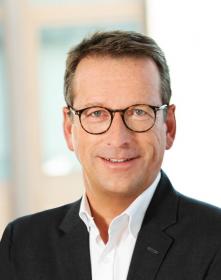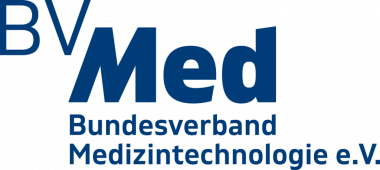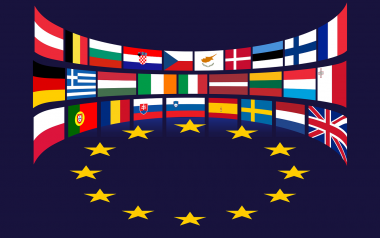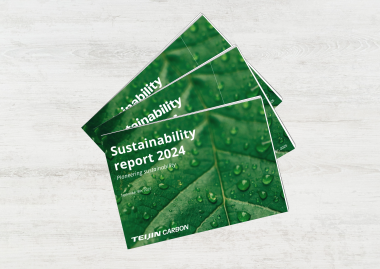Anti-dumping probe launched into PET spunbond imports from China
The European Commission has opened an anti-dumping investigation into PET spunbond imports from China, following a complaint lodged by members of EDANA, the international association for nonwoven and related industries.
EDANA welcomes this vital move by the European Commission to counter the influx of unfairly priced goods from Chinese exporters entering the EU market. Jacques Prigneaux, EDANA’s Director of Market Analysis & Economic Affairs, stressed the need for urgent trade defence measures, stating: “The EU PET spunbond sector is facing mounting pressure from Chinese manufacturers. Since 2021, Chinese producers have rapidly increased exports of PET spunbond to the EU and have taken over a significant share of the EU PET spunbond market at the expense of the EU industry. Accordingly, we look forward to the rapid registration of imports and the possibility of retroactive imposition of anti-dumping measures.”
PET spunbond is a nonwoven material made from polyester filaments and is used as a carrier layer in bituminous membranes. The product is an essential input material for the EU’s building and construction sector in their efforts to accelerate housing renovation and clean energy roof construction in line with the EU’s green transition policies.
According to the Complainants, the unfairly priced Chinese imports have caused material injury to their performance, which saw a significant decline. “This underlines the need for the European Commission to make use of its trade defence tools. EDANA stands ready to support the EU Commission during its investigation,” Prigneaux concluded.
Edana


